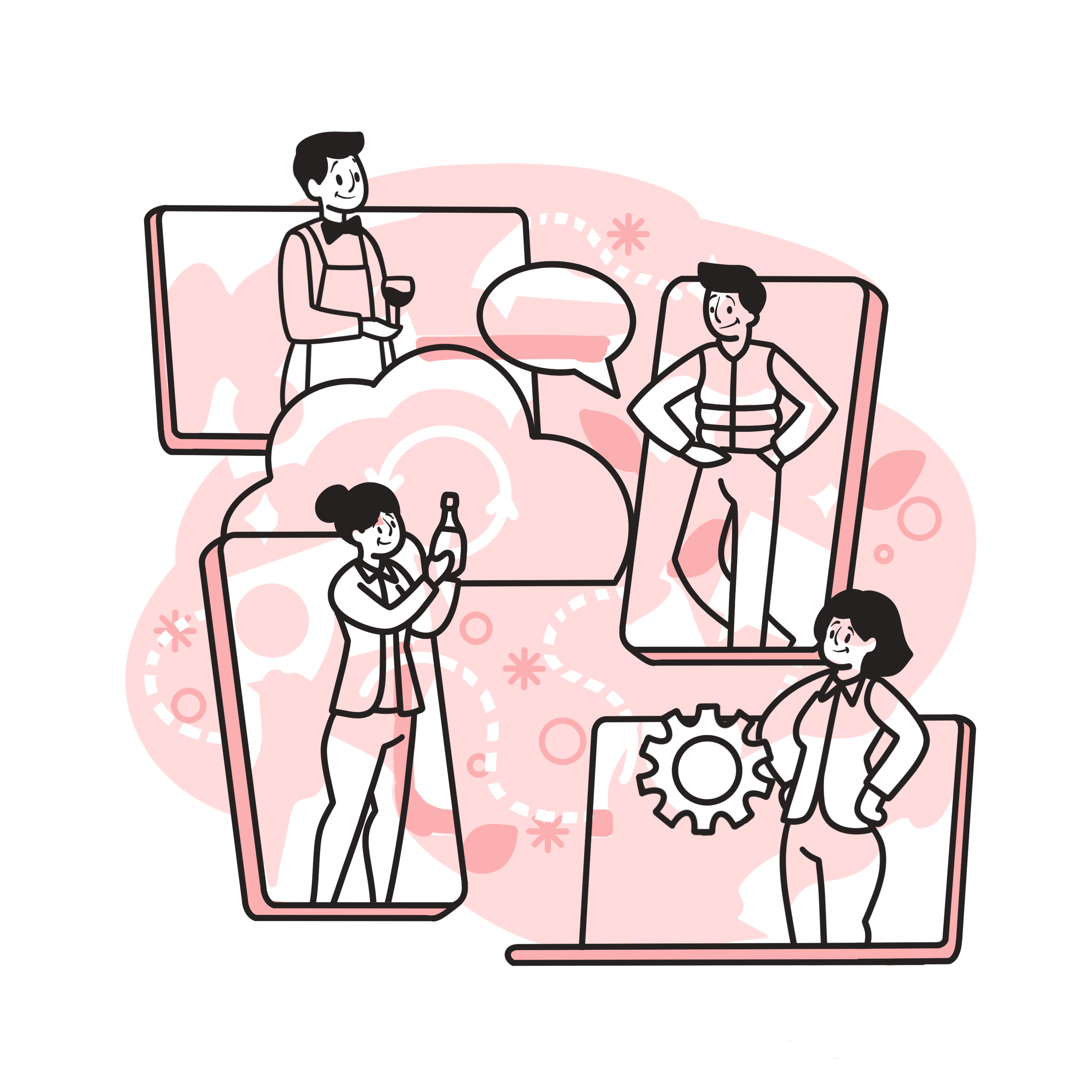Vintner Stories - February 9, 2022
Wines from the Sea
A supergroup of wine professionals is reviving the winemaking potential of the Dalmatian Coast
Written by
Aleks Zecevic
There is a wine revolution fermenting at the coast of Croatia. Ground zero is centered around the small town of Primošten, or more precisely, in the hills above it, where historic and UNESCO World Heritage-shortlisted vineyards are located. This is the home of the newly founded Vinas Mora winery.
The story of Vinas Mora starts with Krešo Petreković, who has worked in the various facets of the wine industry in New York City for the past 20 years, most notably for Zev Rovine Selections, where he even has a small portfolio of his own. Petreković, a Croatian native, has been vacationing in his family house in Primošten since childhood and admires the vineyard work that the locals do.
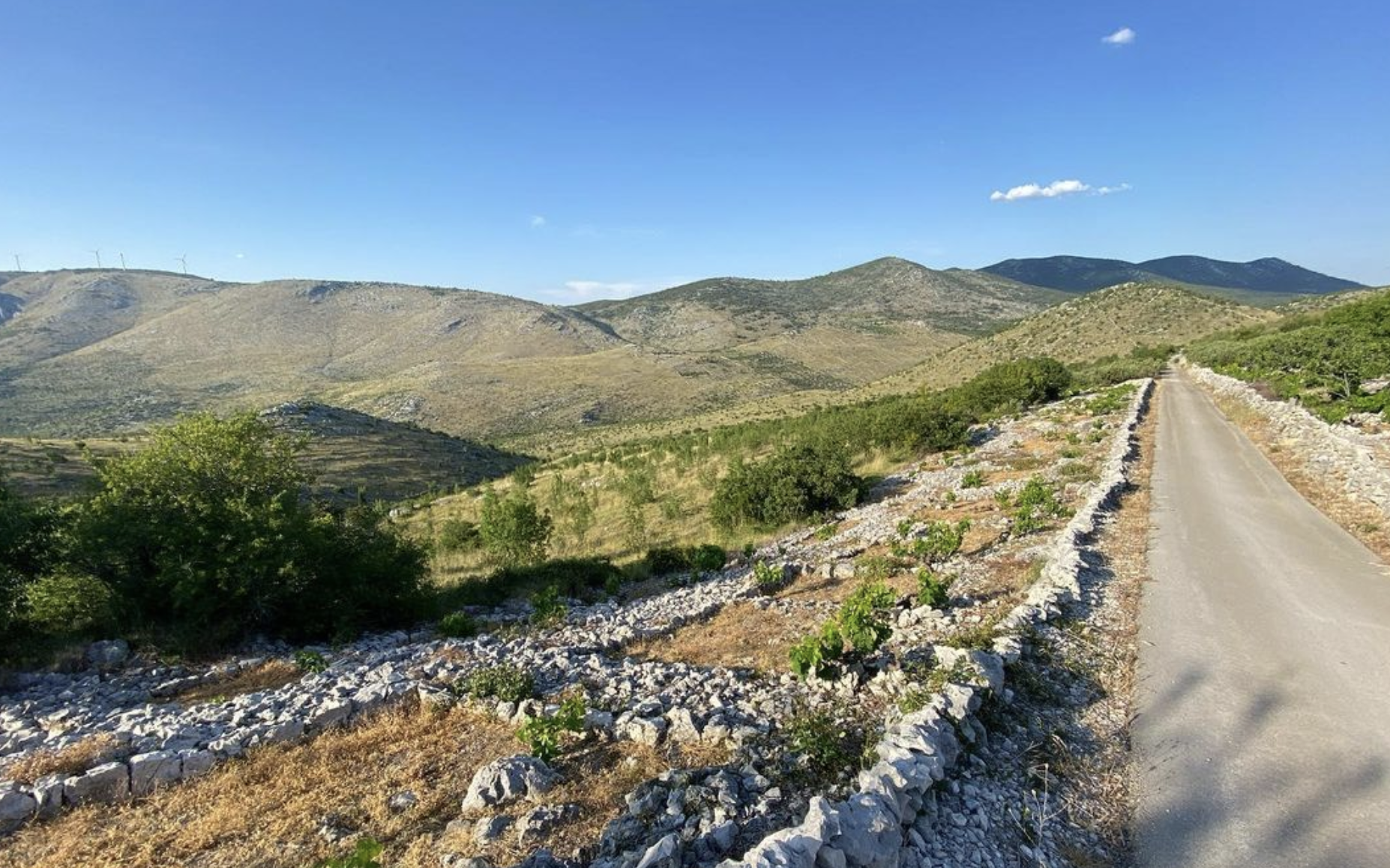
"Vinas Mora Vineyards 2"
At the beginning of the COVID-19 pandemic, Petreković found himself in his coastal house and as the world stopped, he had a lot of time to explore the area and meet local winegrowers. Passionate about the place and its unique terroir, he has been a strong advocate of drinking wines made by the local farmers, who have no or very little commercial success. He even started importing wines to the US from one of them - Neno Marinov. Little did he know at the time that this acquaintance would change his life.
He has been talking to Neno how there should be wines in Primošten that would present the differences in terroir, or rather in the quality that different plots produced. “I like to compare it to the Burgundy model of crus, or Barolo with its MGAs,” Petreković explains. Most of the locals blend everything they have into one wine, even the local coop would do the same. In other words, nobody has separated the fruit that comes from top sites versus the less favorable ones.
Then, in the midst of the pandemic, the local co-op was running out of business and this presented a big economical threat for all winegrowers in Primošten. Growers have been relying on this winery for years to buy their grapes, hence the closing of the co-op would have devastating effects on the entire local winegrowing community. The opportunity presented itself and since Marinov felt like this was too big of a bite, Petreković should do it, with Marinov’s help of course. He also asked another friend and wine professional, Niko Dukan, to join and the three of them founded Vinas Mora, with Kreso Petreković at its helm.
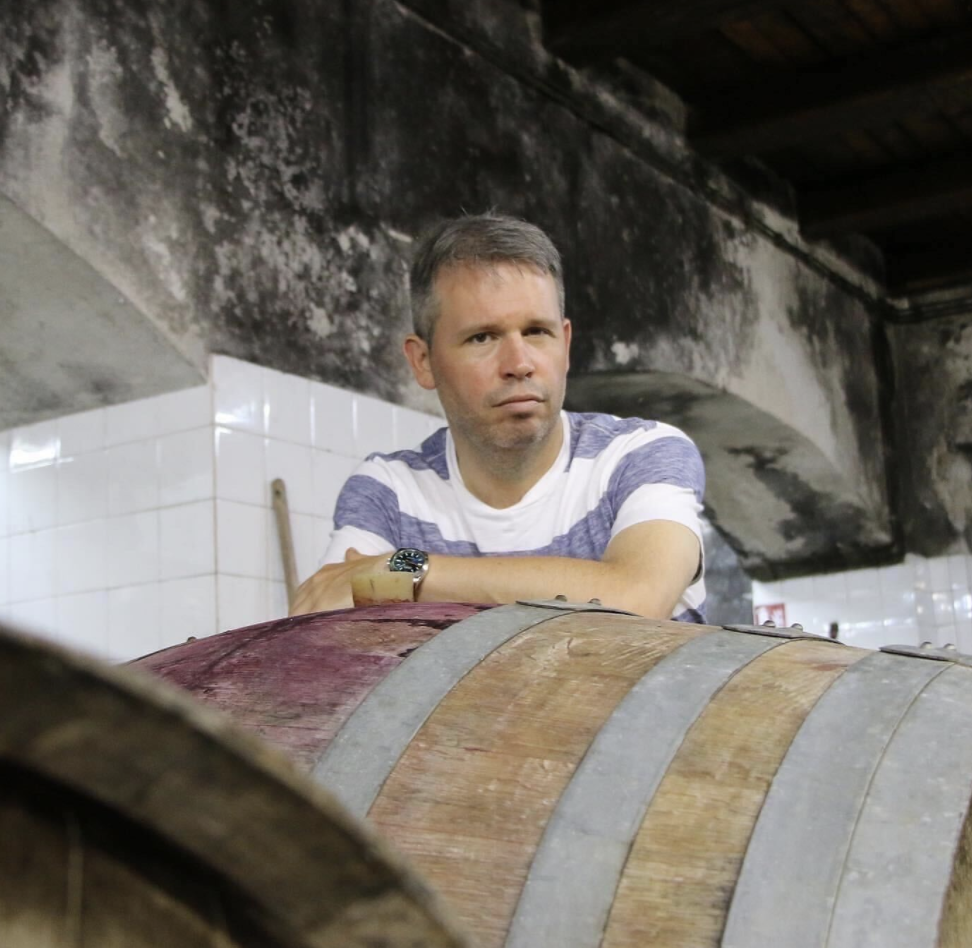
"Kreso Petrekovic"
They named the winery Vinas Mora, it’s a Croatian play on words that roughly translates to “wines from the sea”, because of the vineyard’s proximity to the Adriatic. The winery’s focus is centered around the local variety, Babić. Vinas Mora is very much set up like a cooperative, but the approach in the cellar resembles the work of smaller, artisanal wineries. Both Petreković and Dukan are avid supporters of organic farming and natural wines, hence Vinas Mora only works with growers who don’t treat their vineyards with chemicals.
Organic farming is not new to the region. During the growing season the disease pressure is very low in this area - it is dry and windy, with very low rainfall. Therefore, in most years synthetic sprays and artificial fertilizers are absolutely unnecessary. This is especially true in Primošten, where Babić vines literally grow in the rocks and are trained into bush-vines, very low, close to the ground. Hence, all vineyard work is done manually, by hand, without use of any machinery.
This extremely rocky, hardly accessible terrain saw incredible transformation into agricultural land, through extreme human effort, by manual clearing. The locals built dry-stone walls that separate the tiny plots with only three to four plants each. The idea is that the rocks would hold the soil below, so the wind doesn’t blow it away. The primary soil is red sand or something similar to crvenica (better known as terra rosa in Carso), created by the dissolution of limestone and dolomite. It is hard and tight, with very little humus. Nonetheless, the clay component allows it to absorb and keep the water long enough allowing the vines to keep hydrated during the long, hot, and dry Mediterranean summers.
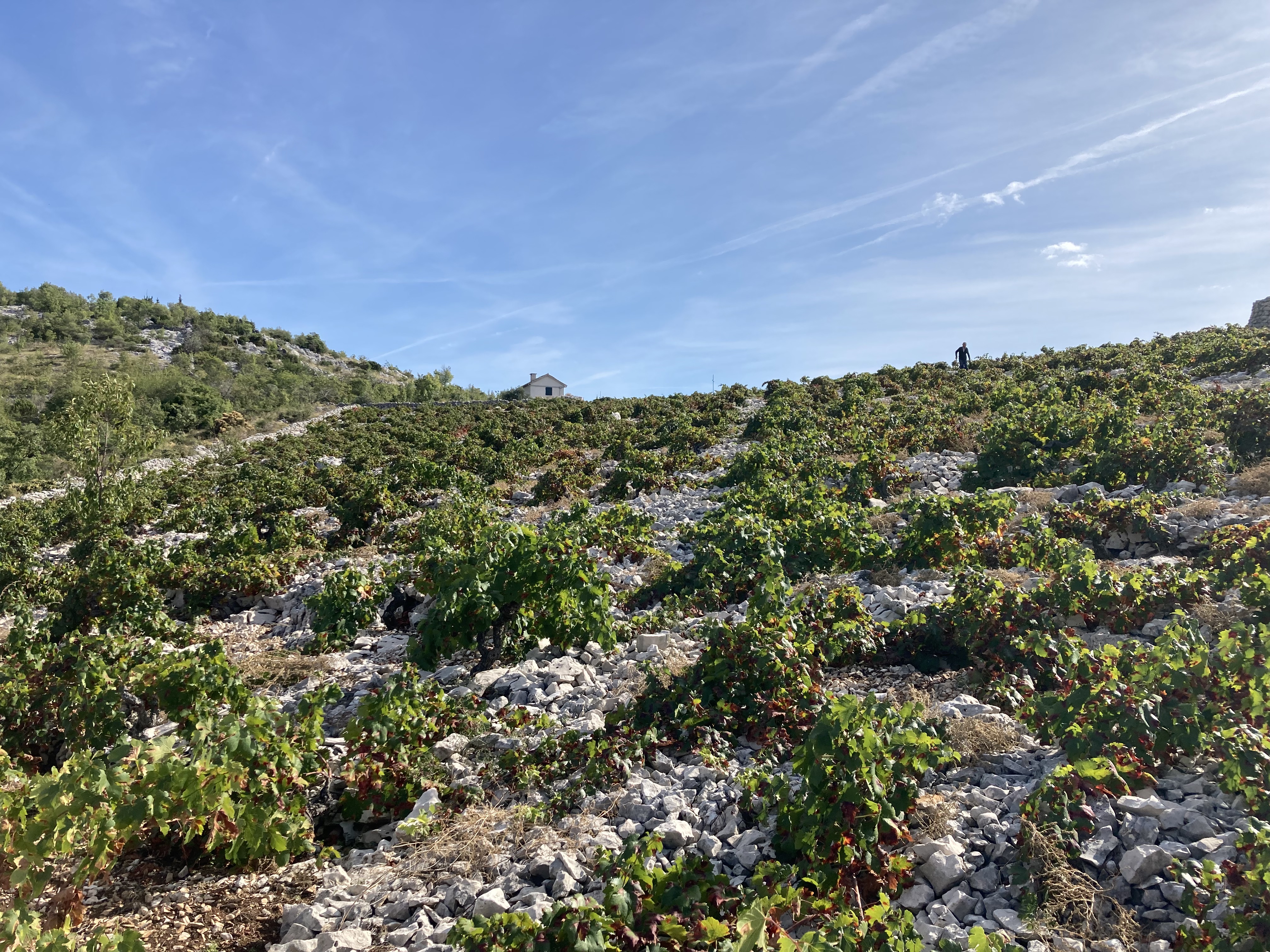
"Primosten Vineyards"
The winery produces 5 different cuvées using a very similar vinification process for all of them. All grapes are hand-picked and most of them are macerated for 3-4 days in open vats. Then pressed and moved to fiberglass tanks, while about a quarter of them goes into used, neutral oak barrels. Wines get a tiny dose of sulfur at fermentation only, just enough to stop any Brettanomyces development. Wines are bottled unfiltered, unfined and without the extra dose of sulfur pre-bottling. The goal is to preserve primary aromas and make elegant wines, which is opposite from most wines in the area.
Base cuvée is called Barbba, which means uncle in Dalmatian dialect. “This is my equivalent to Langhe cuvée for example,” says Petreković. “It is a blend of all grapes other than Babić, the rest of the wines are like Barolo and the single-vineyards,” he explains. Barbba is a co-ferment of local white and red grapes, including Plavina, Lasin (red grapes) and Debit and Maraština (white grapes). The grapes come from the area outside of the “cru” vineyards as Petreković calls them. It is an easy-drinking wine, yet with great length on the palate.
Next up is Andreis, which takes its name from a nobleman who owned the nearby land in the Middle Ages, including the site where the grapes come from. Official name of the village today is Jadrtovac and it is entirely planted with Babić. However, the vines here are guyot trained. This cuvée would be something like a Barbaresco to a Barolo producer. It is made from the same grape as the signature wines, but from a different village.
The rest of the cuvées are Kaamen, Kaamen II and Kaamen III. These wines all come from the UNESCO World Heritage-shortlisted vineyards in Primošten. The name is a stylized word for rock in Croatian, an ode to the rocky soils. All of them come from the hinterland of the town, just from different positions. The quality of the sites and age of the vines comes up gradually, hence the corresponding numbers for the top 2 cuvées. Kaamen comes from Blizina, Bristivica and Vinovac and 50-year-old vines. Kaamen II comes from slightly higher positions, such as Kruševo and Široki where the average age of vines is 70 years, but some are up to 100 years old. Finally, Kaamen III comes from the best locations, such as Kamena Suze (translates to Stone Tears) and oldest vines (up to 100 years old).
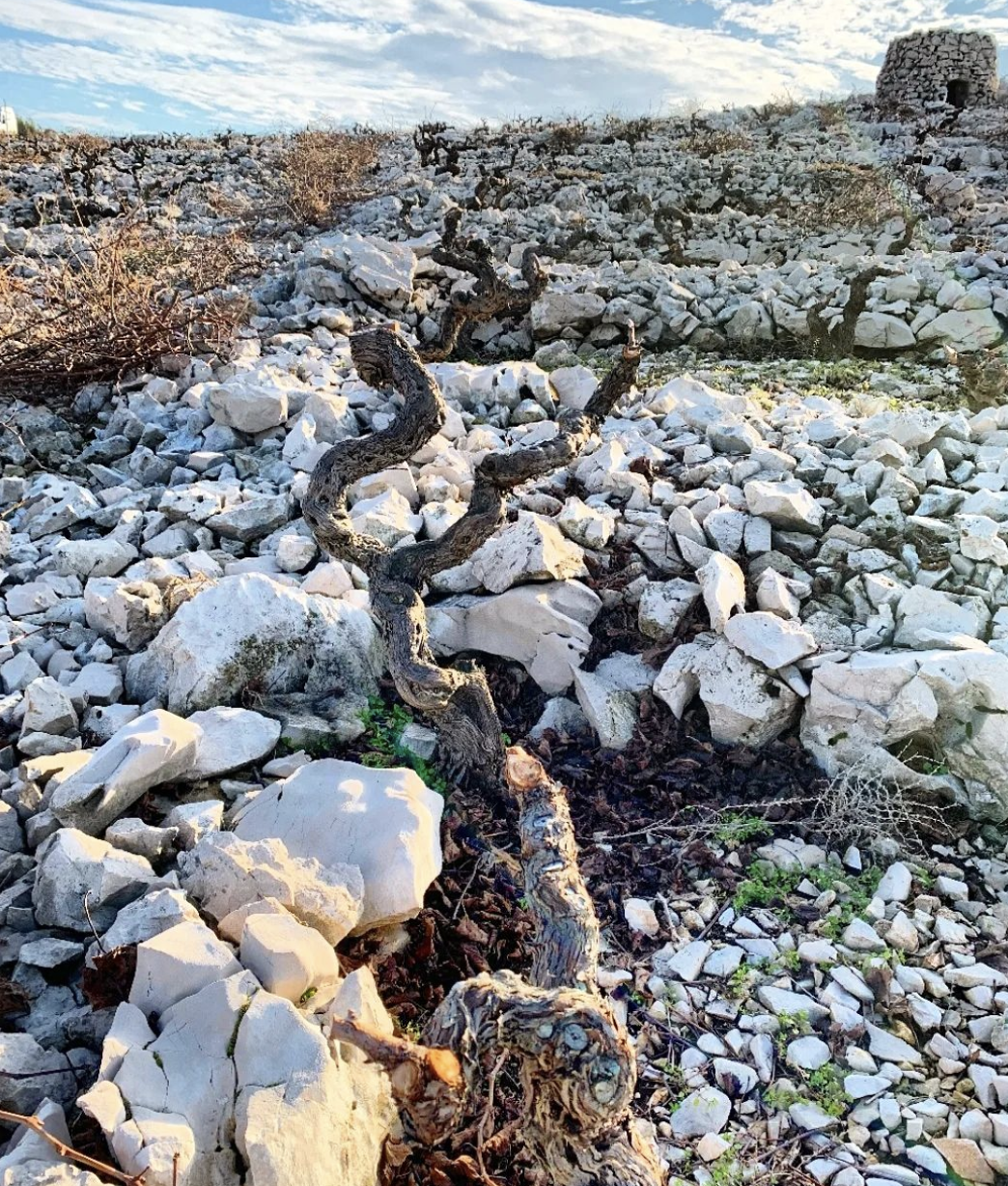
"Vinas Mora Old Vine"
Vinas Mora is a true testament to the area and potential of Croatian wines. It depicts the hardship of the winegrowers, the terroir and brings you one smell closer to the Adriatic or the Mediterranean. The first wines started hitting the shelves in the fall of 2021 and the rest of the portfolio will be released in the spring of 2022.
Our latest stories and podcasts:
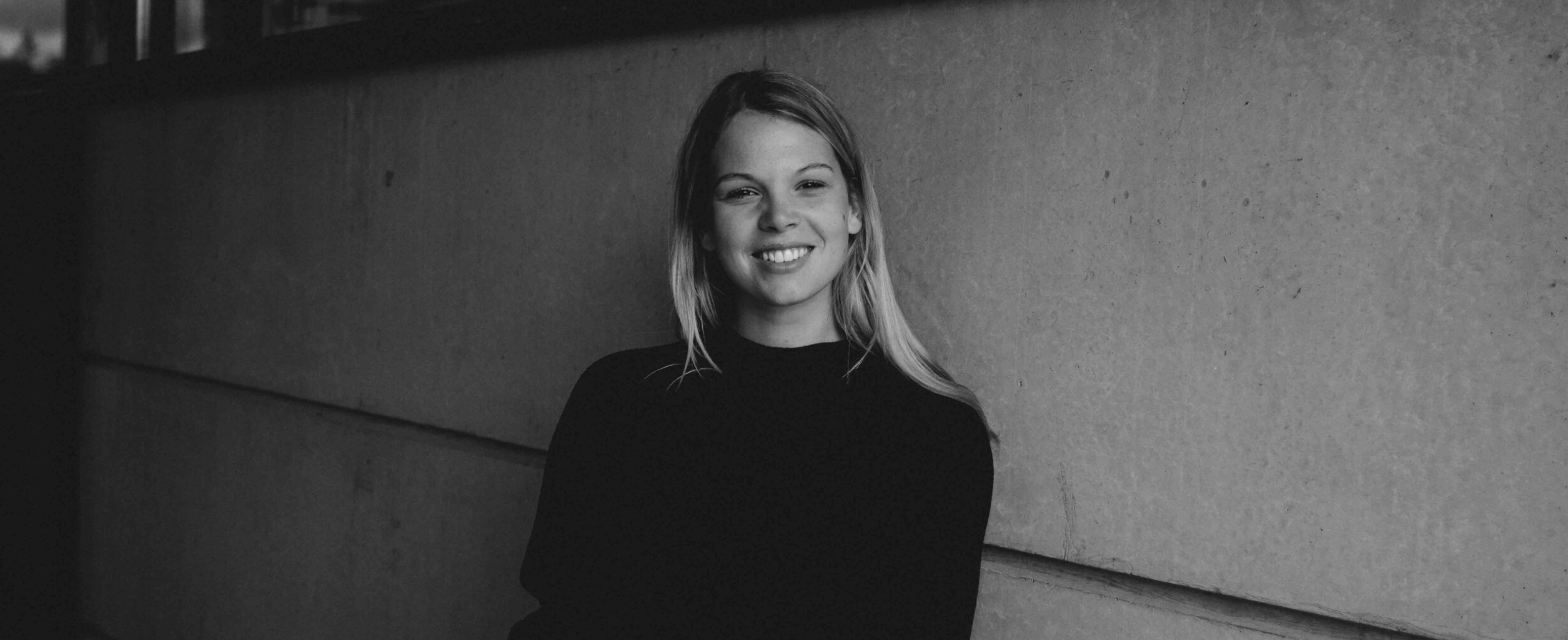
PODCAST EPISODE
Theresa Olkus of the VDP
Aleks Zecevic interviews Theresa Olkus, the managing director of the VDP
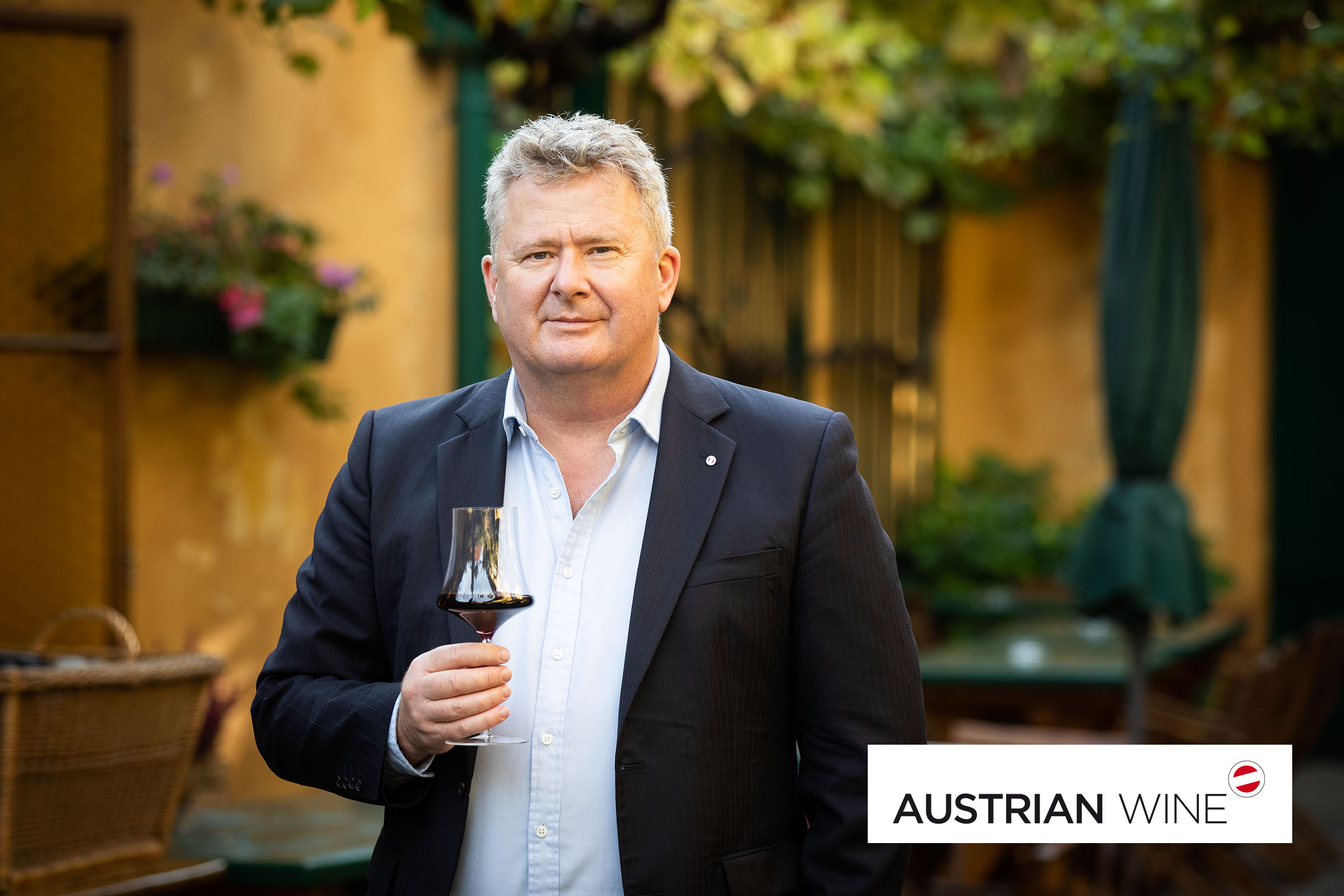
PODCAST EPISODE
Austrian Wine with Chris Yorke
Aleks Zecevic interviews Chris Yorke, CEO of Austrian Wine
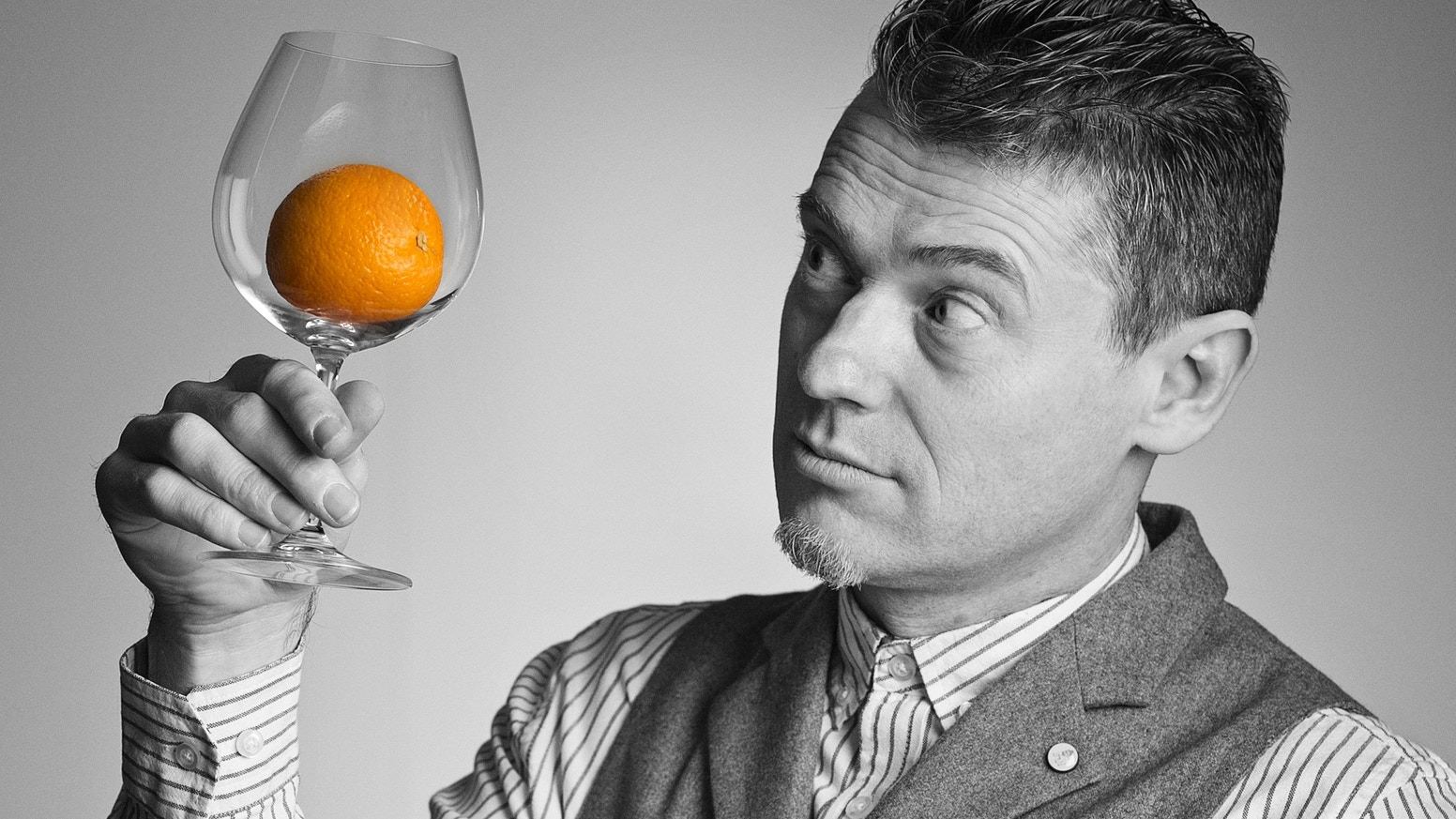
PODCAST EPISODE
Treading the Grapes with Simon Woolf
In this episode, Aleks Zecevic interviews the Amsterdam-based wine writer, Simon Woolf
